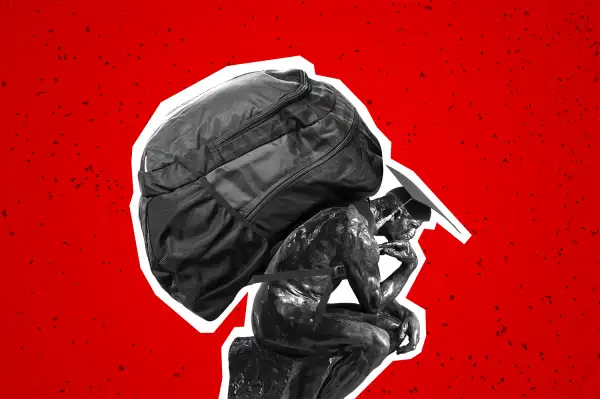Why the Student Loan Crisis Is Even Worse Than People Think

When discussing the student debt crisis, most people focus on the rapid growth in outstanding debt and several recent milestones. For example, student loan debt exceeded credit card debt in 2010 and auto loans in 2011, and it passed the $1 trillion mark in 2012. If you are feeling overwhelmed with student loan debt, refinancing might be a great option.
But these milestones don’t tell us much about the impact of all that debt on the students who must borrow to pay for a college education.
Average student loan debt at graduation has been growing steadily over the last two decades. In 1993-94, about half of bachelor’s degree recipients graduated with debt, averaging a little more than $10,000. This year, more than two-thirds of college graduates graduated with debt, and their average debt at graduation was about $35,000, tripling in two decades.
Student loan debt is increasing because government grants and support for postsecondary education have failed to keep pace with increases in college costs. This has shifted much of the burden of paying for college from the federal and state governments to families. The government no longer carries its fair share of college costs, even though it gets a big increase in income tax revenue from college graduates.

Since family income has been flat since 2000, students must either borrow more to pay for college or enroll in lower-cost colleges. That shift in enrollment, from private colleges to public colleges and from four-year colleges to two-year ones, has also been responsible for a decline in bachelor’s degree attainment among low- and moderate-income students.
What the Numbers Really Say
In a recent policy paper, I defined student loan debt as affordable if half of the after-tax increase in income that a student gains from obtaining a college degree is sufficient to repay that student's loans in 10 years or less.
For example, the average starting salary for a bachelor’s degree recipient in the humanities was about $45,000 in 2015, according to the National Association of Colleges and Employers. That compares with about $30,000 in average income for high-school graduates—or a $15,000 difference. After considering taxes, the net increase is about $9,000. Half of that ($4,500) is about 10% of gross income and would be enough to repay roughly $35,000 in student loans over a 10-year repayment term. This is also consistent with my rule of thumb that total student loan debt at graduation should be less than the borrower’s annual starting salary.
Given this definition of affordable debt, I analyzed data from the Baccalaureate & Beyond Longitudinal Study and found that the percentage of bachelor’s degree recipients graduating with excessive debt grew from 9.8% in 1993-94 to 14.4% in 2007-08. If the percentage has continued to grow at the same rate, about 16.7% of college graduates are now graduating with excessive debt.
However, even this percentage underestimates the problem. That's because it includes all students who graduate with a bachelor's degree—even those without any debt at all. If we look only at students who borrow to attend college, it appears that more than a quarter (27.2%) of them are graduating with excessive debt.
The Lasting Impact on Students’ Lives
I also found that students who graduate with excessive debt are about 10% more likely to say that it caused delays in major life events, such a buying a home, getting married, or having children. They are also about 20% more likely to say that their debt influenced their employment plans, causing them to take a job outside their field, to work more than they desired, or to work more than one job.
Perhaps not surprisingly, they are also more likely to say that their undergraduate education was not worth the financial cost.
Unfortunately, there are no similar studies that can be used to analyze excessive debt for other college degrees, such as associate degrees, certificates, and graduate or professional-school degrees. It is also not possible to evaluate the financial impact of student loan debt on students who drop out of college, even though they are four times more likely to default on their loans.
What Can Be Done?
Increasing national awareness of college spending is the first step in exercising restraint. It is therefore imperative that the federal government and the colleges and universities begin tracking the percentage of their students who are graduating with excessive debt each year. This information can then be used to improve student loan counseling.
Colleges must also be given better tools to limit student borrowing. For example, college financial aid administrators must be permitted to reduce federal loan limits based on the student’s enrollment status and academic major. Students who are enrolled half-time should not be able to borrow the same amount as students who are enrolled full-time.
Finally, our colleges must also help students better understand the debt they are taking on, by making the distinction between loans and grants clearer in their financial aid award letters.
Mark Kantrowitz is one of the nation’s leading student financial aid experts. He is the author of several books about paying for college, including Filing the FAFSA, Twisdoms about Paying for College, and Secrets to Winning a Scholarship. He is publisher of Cappex.com, a website that helps students achieve their college dreams, and previously served as publisher of the FinAid, Fastweb, and Edvisors websites.
